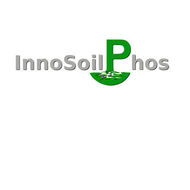Impact of Filters to Reduce Phosphorus Losses: Field Observations and Modelling Tests in Tile-Drained Lowland Catchments (2019.0)
Bauwe A., Kahle P., Lennartz B.
Water, 11 (12), 2638
Abstract
In this study, we analyzed Dissolved Reactive Phosphorus (DRP) and Total Phosphorus (TP) concentration dynamics over two years in surface waters of five nested catchments in northeastern Germany. Based on this, we constructed a filter box filled with iron-coated sand for Phosphorus (P) removal at the edge of a tile-drained field. Results of the filter box experiment were used for a model scenario analysis aiming at evaluating the P removal potential at catchment scale. DRP and TP concentrations were generally low but they exceeded occasionally target values. Results of the filter box experiment indicated that 28% of the TP load could be retained but the DRP load reduction was negligible. We assume that DRP could not be reduced due to short residence times and high flow dynamics. Instead, particulate P fractions were probably retained mechanically by the filter material. The scenario analysis revealed that the P removal potential of such filters are highest in areas, in which tile drainage water is the dominant P source. At a larger spatial scale, in which other P (point) sources are likewise important, edge-of-field P filters can only be one part of an integrated catchment strategy involving a variety of measures to reduce P losses.